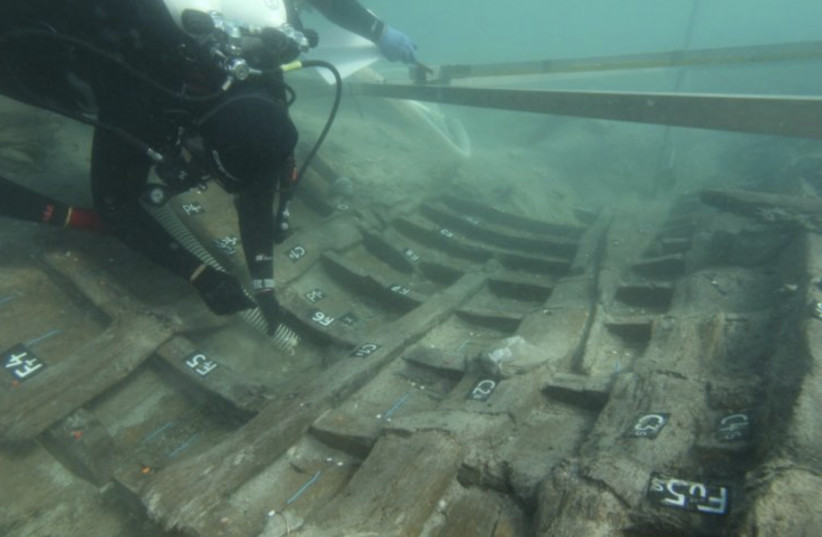Scientists have reportedly solved the question of how ancient Roman buildings have survived for millennia, according to a recent study.
The study, which was published in the journal Science Advances on Friday, states that researchers used a "multiscale correlative elemental and chemical mapping approach," which gave them more information about methodologies for mortar preparation.
Researchers also conclude that Roman engineers used hot mixing and quicklime for these structures. Roman concrete has been shown to last longer than its modern equivalent, CNN reported.
How did researchers analyze the durability of the Roman structures?
Concrete samples dating two millennia were taken from the Privernum archaeological site in Italy. The concrete at that site is similar in composition to that of concrete used for ancient Roman buildings, according to CNN.

Researchers would that the concrete's lime clasts gave the concrete the ability to heal cracks that were formed over time. The study also concluded that the clasts arose because of the use of quicklime.
Two samples of concrete were made and later cracked to compare that of modern times to Roman formulations. After analysis of the two, water couldn't flow through the Roman version but passed through the modern version.
The study concludes that lime clasts can dissolve into cracks and recrystallize after exposure to water - which researchers said could produce longer-lasting and modern concrete.
